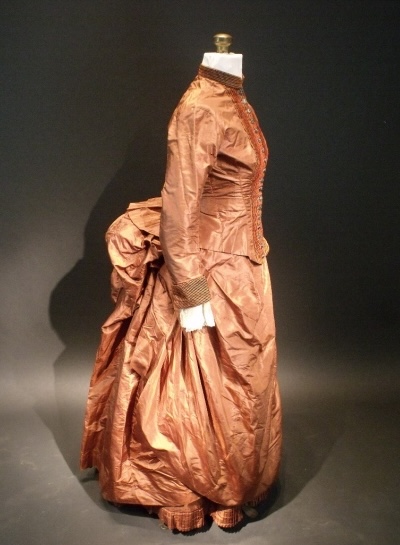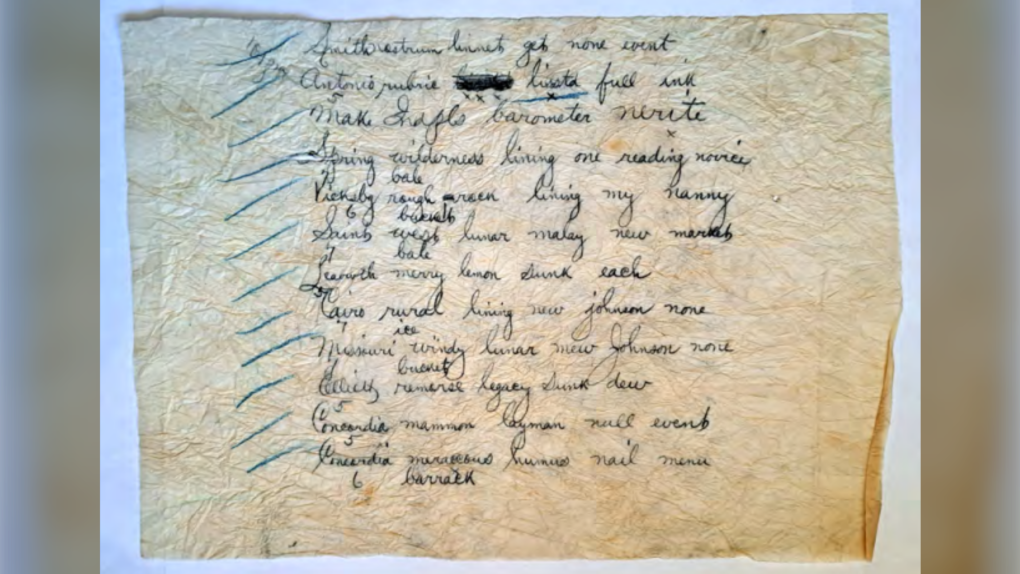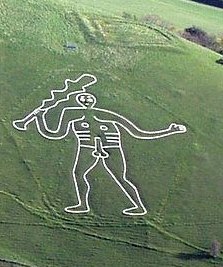Not Quite Elementary
It was a big week for solving weird-ass mysteries

We’re hot on the trail of the latest news about some long-standing but recently solved mysteries. Let’s satisfy your inner Benoit Blanc, and get to the bottom of this.
Cloudy with a Chance of Codebreaking
For the last decade, experienced codebreakers have tried and failed to figure out the case of The Silk Dress Cryptogram: a code written on a crumpled paper discovered in the pocket of a dress from the 1880s. Recently, the answer to the mystery was revealed, thanks to – why not? – the National Oceanic and Atmospheric Administration and a Canadian data analyst.


In 2013, an unsuspecting shopper at an antique shop in Maine purchased a 19th-century dress and discovered a slip of paper in a secret pocket with what appeared to be a code written on it. Codebreakers took up the case and for a decade could not decode the message reading ““Bismark omit leafage buck bank”; “Calgary Cuba unguard confute duck fagan”; “Spring wilderness lining one reading novice”; and notes that appeared to be times (10pm, 1113 pm and 1124p). The analysts suspected gambling codes, spy messages, or telegraphic codes. The Silk Dress Cryptogram became one of the world’s top 50 unsolvable codes.
After scouring 170 telegraphic codebooks, University of Manitoba data scientist Wayne Chan discovered one on weather codes used by the U.S. Army Signal Corp in the late 1800s. As it turned out, each line indicated weather indications at a given location, paired with the time of day. The code allowed for a full weather report in six words, saving a fair chunk of change in those telegraph times. Getting back to that Bismarck one, it was 56 degrees Fahrenheit with a barometric pressure of 30.08 inHG (omit), a dew point of 32 degrees (leafage) on a clear day with no precipitation and wind from the north (buck), all with a clear sunset and 12 mph winds (bank).
As for the dress’s owner, and why the message was hidden there? Those are still mysteries.
The Mystery of Yellow Pee
Believe it or not, humankind never really knew for sure why urine is yellow-colored—until now. Researchers at the University of Maryland found an answer that will forever change the way we look at our urine – not that we really do, that often.
Okay, so some research done 125 years ago determined that urobilin was responsible for the yellow color, but they didn’t know how the urobilin got there. The new research shows that the color results from degradation of red blood cells, producing a bright orange pigment called bilirubin (the same one that causes jaundice in newborns). This pigment is secreted into the intestines, where gut microbes encode the enzyme “bilirubin reductase” that converts the bilirubin into a colorless by-product called urobilinogen. Finally, the study’s lead author explains, “Urobilinogen then spontaneously degrades into a molecule called urobilin, which is responsible for the yellow color we are all familiar with.”
Did we care? Well, the research shows that the bilirubin reductase enzyme is present in almost all healthy adults, so they can use this information to further study the enzyme as a factor in gut health, inflammatory bowel disease, and jaundice. Not bad!
Giant Mystery

One more mystery solved: That of the giant that stood for centuries over the village of Cerne Abbas in Dorset, England. Debates have raged for a long time about the 180-foot chalk outline of a giant man carved into a nearby grassy hillside. The “giant” is drawn in full-detailed body form with thick white chalk lines, featuring one arm stretched out sideways and the other raising a large club. (Nice job avoiding that other appendage – Ed.)
In a recent paper, researchers concluded that the giant is the mythological Greek warrior Hercules, and that its location served as a gathering point for troops fighting the invading Vikings. After 2021 research dated the Cerne Abbas Giant not to prehistoric times, but 700-1100 C.E., the researchers cross-referenced the figure with historical records. The club—an identifying feature of Hercules—was the first clue. The figure’s location–prominently located, even then, near major roadways—points to an inspirational gathering point for West Saxon armies battling fierce Viking warriors.
Now that the giant of Cerne Abbas is a mystery no longer, it can now serve as “an active participant in the local community and culture.”
